|
This past weekend, I finally had the chance to visit Medellin, a city I've been intrigued by for years. Mention Medellin to "etranjeros" who have never visited Colombia, and you generally hear comments about Pablo Escobar, reactions from "Narcos" viewers (thanks Netflix!) and media coverage of the drugs and violence in the city's recent history. Mention Medellin to Colombians, and people will tell you about how amazing the city is, and how it was named most innovative city in 2013 by the Urban Land Institute. Putting aside others' perceptions, I was curious to see for myself how a place that was deemed the most dangerous city in the world in my lifetime, managed to transform itself into a global leader in innovation in just 20 years. And of course, how does education play into this? Few cities have transformed the way that Medellín, Colombia’s second largest city, has in the past 20 years. Medellín’s homicide rate has plunged, nearly 80% from 1991 to 2010. The city built public libraries, parks, and schools in poor hillside neighborhoods and constructed a series of transportation links from there to its commercial and industrial centers. - Urban Land Institute, 2013 My first afternoon, I decided to overcome my "I'm too cool for tours" attitude (:)) and join a Real City walking tour in the centre of the city. (Thanks Kate Fraser for the suggestion!). Our local guide, a former Stats prof and creative writer (I know, interesting mix!) was passionate in sharing his perspective. He went through an overview of the city's history and people, including the distinct identity and pride that Paisas (people from this northwest region of Colombia) have, and their ancestry (including a mix of settlers from the Basque region of Spain and Jewish settlers). He explained how way before the drug cartels and drug trade, Medellin was the country's most industrious city, as it developed through gold and coffee production. I appreciated that the guide was open about the impacts of the drug cartel of Pablo Escobar, the violence, conflict and political strife that was intertwined with it all, and the fear, and death that were a daily reality for people in this city a couple decades ago. And that, to a lesser degree, the political complexity and conflict still existed. But there is a clear shift that you can feel, and one that the guide addressed, towards creating public spaces and infrastructure that honoured the city's complex past, while moving towards a more hopeful, peaceful, and socially inclusive future. Two pillars he mentioned in the transformation of Medellin, were an emphasis by recent mayors on "Democratic Infrastructure" or social urbanism - public spaces developed for people from all classes have access to buildings, libraries, parks and schools, and be better served by development. A few examples I saw were a huge public library overlooking the parque de las luces (Park of lights), the renowned metrocable lines that connect hard to reach 'barrios' to the city, and images of outdoor escalators in Comuna 13. (Although Comuna 13 remains one of the most violent neighbourhoods in the city, the escalators help connect people to jobs outside of these neighbourhoods, and for youth to turn to options outside of the pull of drugs). The other pillar he termed "education with dignity" referring to the libraries, schools and quality of education that needed to be improved for people from lower income areas. This reminded me of the emphasis needed not only in the education sector, but from the perspective of urban planners and government for cities and people to develop more integrally. Over the rest of my weekend, I managed to get a pretty good feel for the city, and connected with a range of interesting people, from my airbnb host who is working with Heart for Change to co-teach English at a lower income school, to a family living in the barrios near Santo Domingo (proud to show me the schools and colegios in the area), a couple at a Hare Krishna gathering looking for more value-based schooling for their kids, and a friend's 8 year-old sister who is quite happy at her private school in the Laureles neighbourhood. My takeaways from these conversations were that as always, education in a city like Medellin is complex; although broad access exists to public schools with an increase in publicly funded education programs, the quality of that schooling and the degree of effectiveness in implementation is questionable. Private schools abound in Medellin but serve only those who can afford their fees. Also, the social issues and conflict are far from over, with new gangs forming in recent years, and can't be ignored for schooling to serve the needs of people in the barrios. (This article gives a lot more insight on the complexity and depth of change needed for the barrios to really gain equality). Still, Medellin as a city really impressed me: the beauty of the landscapes, the sprawling architecture and housing, the pride of local residents, and access to amazing public spaces. The scale of the social urbanism projects and access to them are a bold and proud statement to the city and to the world. So grateful to finally visit this amazing city and get a deeper feel for its people and context. Gracias Medellin, hope to see you again really soon!
0 Comments
Leave a Reply. |
Categories
All
AuthorA passionate educator.. on a quest for a schooling model to love! Archives
August 2017
|

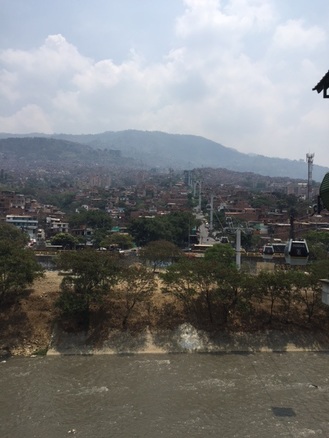
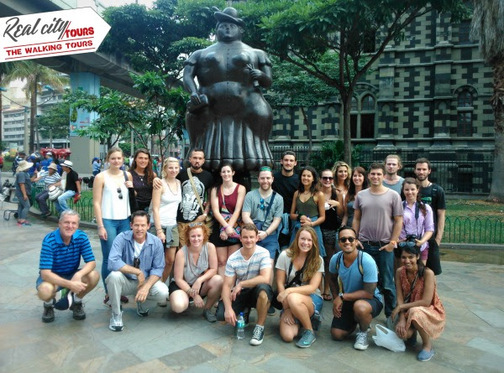
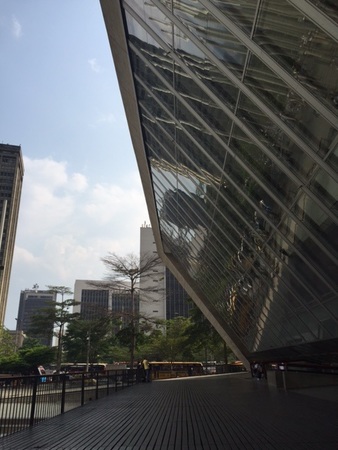
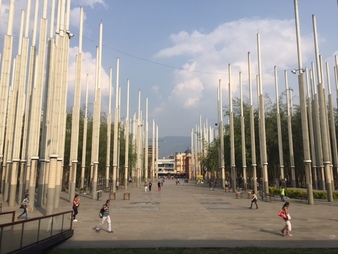
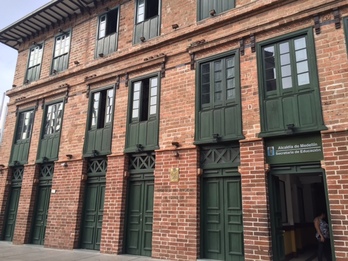
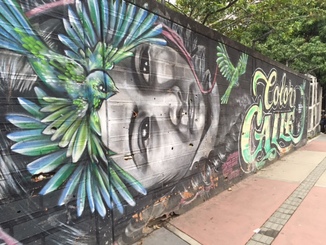
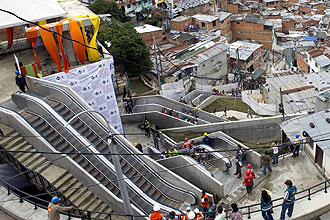
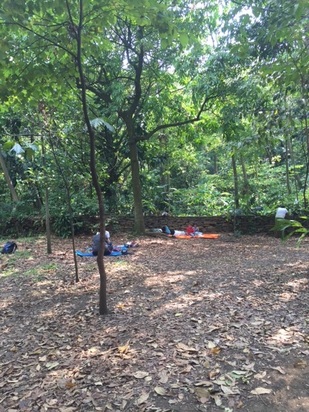
 RSS Feed
RSS Feed
